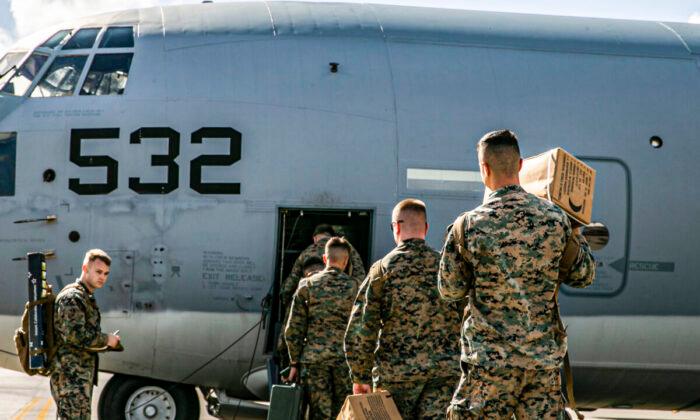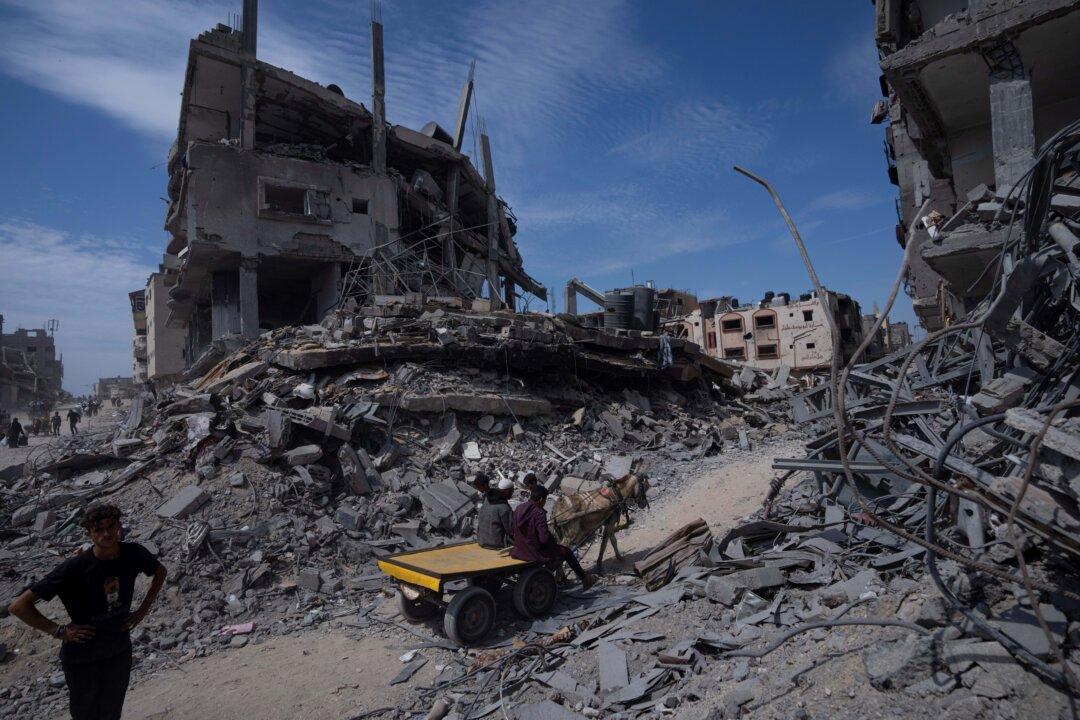The U.S. Department of Defense said the logistics capabilities of the U.S. military are “inadequate” to counter possible hostilities in Asia, according to its April 2022 comptroller document.
The document details the Pentagon’s proposed funding allocation of $6.1 billion for the Pacific Deterrence Initiative (PDI) through 2023, with a continued focus on China as the “pacing challenge.”
It stated that the funding will be used to strengthen the U.S. military presence in Asia, improve logistics, conduct exercises, build infrastructure, and help allies and partners in the Indo-Pacific region build defense capabilities.
“Current theater logistics posture and capability to sustain the force are inadequate to support operations specifically in a contested environment,” the Pentagon stated.
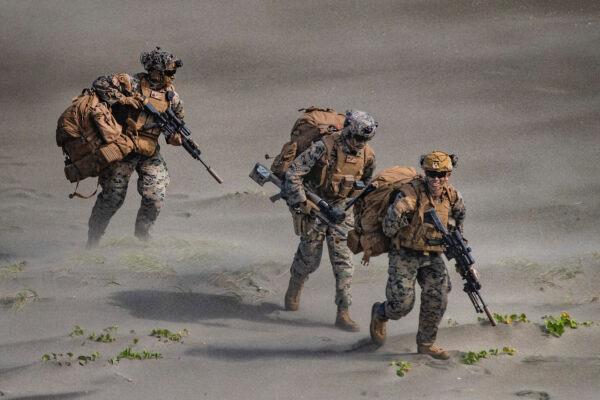
Additional jet fuel storage is needed at the U.S. Marine Corps air station at Iwakuni, Japan, to support strategic en route refueling operations and force projection in the region, according to the paper.
The Pentagon noted that the Yokota Air Base in Japan lacks sufficient on-site fuel storage capacity to sustain extended operational requirements.
“Bulk tanks will store the war reserve jet fuel required to sustain contingency operations pending resupply by tanker ships,” it stated. “This system also permits more economical fuel resupply and reduces the number of resupply cycles to support the air station’s requirements.”
The Biden administration’s budget request for fiscal 2023 includes an investment proposal of $773 billion for the Department of Defense, which implies a 4.1 percent increase from fiscal 2022’s enacted amount.
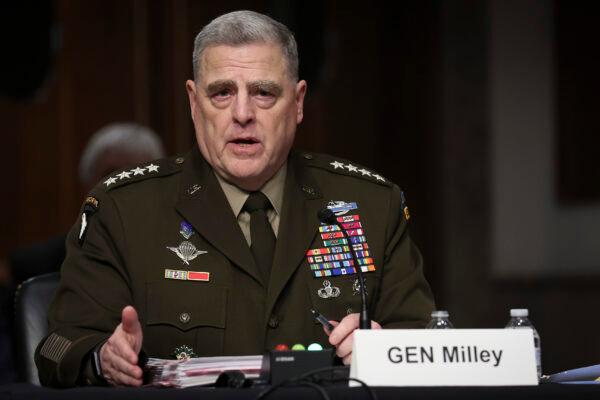
“We are now facing two global powers, China and Russia, each with significant military capabilities, both who intended to fundamentally change the current rules-based order,” he told the Senate.
Milley described the Russian invasion of Ukraine as “the greatest threat to peace and security of Europe and perhaps the world” in his 42 years serving in the U.S. military. But China remains America’s “pacing threat.”
With the allocation of $6.1 billion in the PDI, Secretary of Defense Lloyd Austin said that Washington intends to improve its force posture, infrastructure, and readiness in the Indo-Pacific region, including the missile defense of Guam.
“We must be prepared for threats that pay no heed to borders, from pandemics to climate change,” Austin said. “And we must tackle the persistent threats posed by North Korea, Iran, and global terrorist groups.”
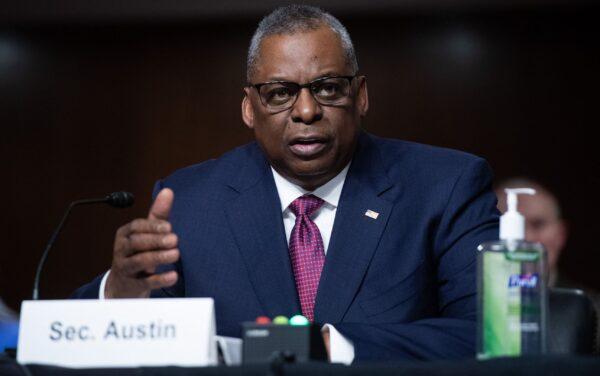
According to the review, the changes are necessary “to deter potential Chinese military aggression and threats from North Korea.”
“More broadly across the Indo–Pacific, you’ll see a range of infrastructure improvements in Guam, the Commonwealth of the Northern Mariana Islands, and Australia,” Mara Karlin, deputy undersecretary for policy at the Department of Defense, said.
